The policy of the Front Party Committee in the second phase was to concentrate on firepower advantage to capture the Eastern high points, including 5 important high points: E, D1 belonging to the Dominic resistance center and high points C1, C2, A1 belonging to the Eliane resistance center.
Our army won successive victories at high points C1, D1, E.
In his memoir “Dien Bien Phu - Historical Rendezvous”, General and Commander-in-Chief Vo Nguyen Giap recalled:
At exactly 6:00 p.m. on March 30, 1954, the second attack by the Vietnamese army on the Dien Bien Phu stronghold began. This time, the Vietnamese army did not attack a single position but opened fire on the entire front.
The eastern highlands, some airport protection positions in the west, artillery positions and enemy mobile areas were engulfed in smoke and fire. As in the first attack, during the first half hour, enemy artillery could not make a sound. The first hours of the battle progressed quite favorably.
At the C1 peak, our troops first opened the fence with explosives. The explosives exploded and blew up sections of the fence. After 5 minutes, Battalion 215 of Regiment 98 opened the gate through 7 times of barbed wire fence. Seizing the opportunity when the enemy's firepower was still paralyzed, Battalion Commander Bui Huu Quan ordered a charge. The telephone line with the Regiment was broken. Hearing the sound of infantry guns firing on the stronghold, the Regiment ordered the artillery to change lanes. With just one strong charge, within 10 minutes, Company 38 captured the bunker located on the highest promontory, rising above the hilltop, called the Flagpole promontory. The spearhead squad leader Nguyen Thien Cai planted the flag of determination to fight and win on the roof of the command post.
The French troops gathered in the bunkers in the western area, calling in artillery fire. The assault soldiers used bayonets and grenades to fight hand-to-hand. The battle lasted exactly 45 minutes. The entire 140-man Company of the 1st Battalion of the 4th Moroccan Regiment was either killed or captured.
Hill C2 is next to C1 by a saddle-shaped strip of land. At 11 p.m., a platoon of Company 35, commanded by the Deputy Company Commander and Political Commissar, crossed the saddle and penetrated a section of C2 trench. The platoon quickly developed and continuously occupied 11 bunkers and gun emplacements. However, the rear force, after many attacks, was stopped by the strong firepower of the French army. Battalion 215 decided to retreat to C1 to continue preparing to create conditions for a daytime attack on C2.
At the D1 peak, the breakthrough time also happened quickly. After only 5 minutes, in the main direction, Battalion 166 had broken through 3 fences and charged into the base.
Our troops quickly penetrated deep to divide the enemy formation into pieces to destroy them. However, in the secondary direction, the trenches we dug were filled by the enemy for 50 meters. Battalion 154 entered and encountered a muddy situation. Opening the gate slowly, they were controlled by fire from the fort, and it took nearly an hour to get into the fort. Captain Garandeau, commander of the 3rd Algerian Battalion, was buried to death by artillery in the command post bunker. After two hours of fighting, we occupied the entire D1 hill. At 8:00 p.m., Regiment Commander Hoang Cam reported that the mission of destroying D1 hill had been completed.
Taking advantage of the victory, Regiment Commander Le Trong Tan ordered the reserve force of 209, Battalion 130, to attack hill D2.
At the E peak, our artillery exploded at the exact moment of a troop change between a company of the 3rd Algerian Battalion and a company of the 5th Airborne Battalion that had come to replace them under Langeler's orders that morning. The soldiers, fully equipped, were gathering along the trenches without shelters and ran into each other. The heavy mortar company in the middle of the position had not yet fired a single round before being destroyed by our artillery.
The two attacking forces of Battalion 16 and Battalion 428 broke through the barbed wire fence and minefield so quickly that the enemy's barrages of bullets fell far behind the assault soldiers. After an hour of overwhelming the enemy, our troops occupied the entire stronghold. The soldiers quickly organized the defense and used DKZ guns, heavy machine guns, and mortars to support the development of the regiment's deep thrust, while simultaneously controlling the enemy's artillery position on Hill 210 below. At 19:45, Regiment Commander Quang Tuyen reported that the mission of destroying Hill E had been completed.
The fighting on hill A1 was extremely fierce.
Located in the east of the center of Dien Bien Phu stronghold, Hill A1 is a high point with the most important position in the system of 5 eastern hills protecting the center of Muong Thanh.
At Hill A1, Regiment Commander Nguyen Huu An proactively ordered the Regiment's firepower to fire at the stronghold to support the assault to open the gate. Half an hour had passed. At this time, the French artillery had recovered and fired fiercely at the open gate. The bunkers and gun emplacements at the front concentrated their bullets on the demolition soldiers to push the explosive tubes to break the fence.
It took more than half an hour for the two attacking forces of the 251st and 249th Battalions of our army to cross the 100m fence and minefield and enter the fort. The French army relied on the natural terrain of the hill to arrange the defense works in 3 lines. Outside, at the front line was the main resistance line. The intermediate line had a fire position. On the top of the hill was the defensive line and the Command Post. Inside the fort there were many lines of trenches and communication trenches. All the bunkers and shelters had covers, able to withstand mortar and artillery fire. Our forces had to suffer many losses to get through the opening.
At this time, the fighting on other high points had ended, the French army focused all their artillery and mortar fire on A1 in the hope of saving the situation. The attacks of our 255th Battalion could not overcome the barrage of artillery fire. After midnight on March 30, the fighting at A1 was still stalemate. Each side held half of the hill.
Our troops cut barbed wire, dug trenches, and penetrated deep into enemy bases. Photo: Archive
At Muong Thanh, Lange was distraught to see that most of the eastern hills were quickly overrun. Lange had thought that the central area would fall during the night. De Castries suggested that a counterattack be launched immediately. But Lange felt that whatever the situation, he had to wait until dawn. The failed counterattacks had shown that it was impossible to send several airborne battalions straight through the night without tank and air cover. Not only were the eastern highlands under attack, an outpost of the airport in the west, Huguette 7, was also in danger of being destroyed and urgently requested reinforcements.
On A1 at this time the enemy had 3 companies, but the 4th Moroccan Company and the 1st Foreign Legion Airborne Company had almost lost their fighting strength.
Late at night, enemy artillery became more active. The fighting of our troops on the eastern highlands had slowed down. The command post assessed: The troops had completed the important part of the second phase of the mission, but had not yet captured the key defensive highland A1.
The campaign command decided: Units urgently organized defensive positions on high points C1, D1, E, prepared to fight the enemy's counterattack during the day, determined not to let the enemy retake it. Division 308 moved Regiment 102 from the West to the East, continued to attack and destroy A1 and defend at C1. Comrade Vuong Thua Vu commanded the battle at A1 and C1. Regiments 88 and 36 of Division 308 switched from the mission of attacking to destroying strongholds 106 and 311 in the West, Regiment 165 of Division 312 attacked stronghold 105 (Huguette 6) in the North, strongly threatening the enemy, creating conditions for units in the East to complete their mission.
According to VNA
Source


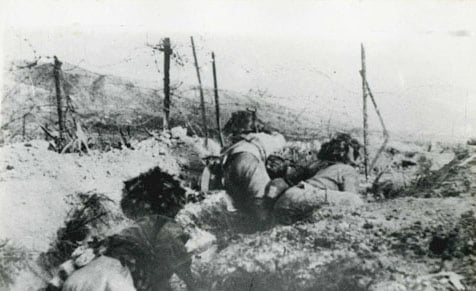



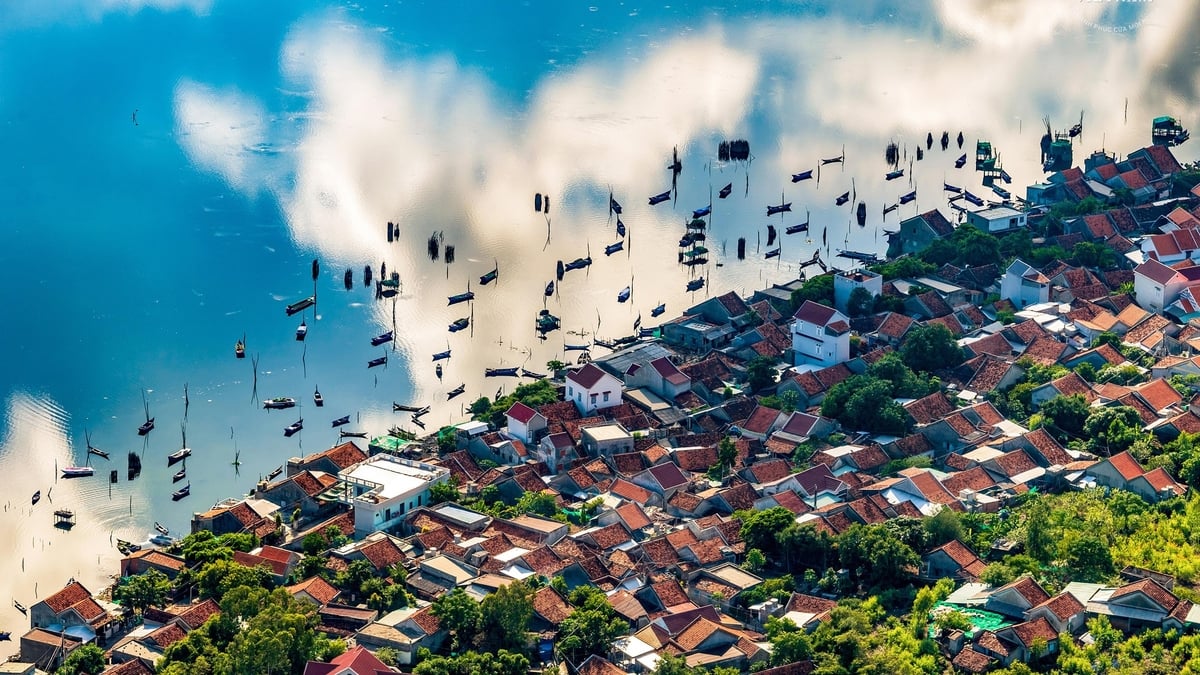




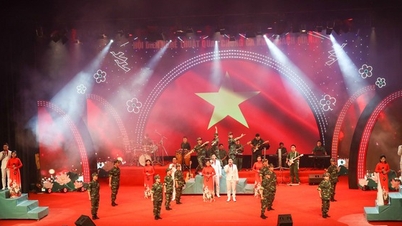


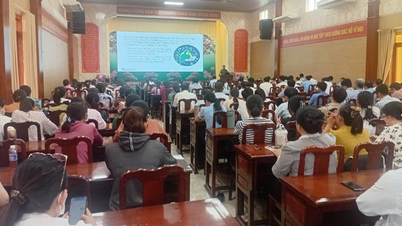



























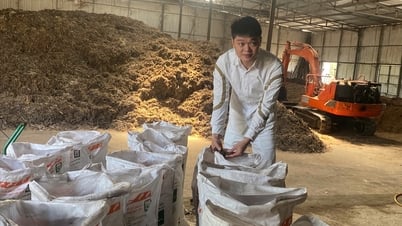


























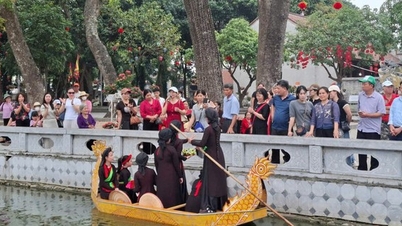
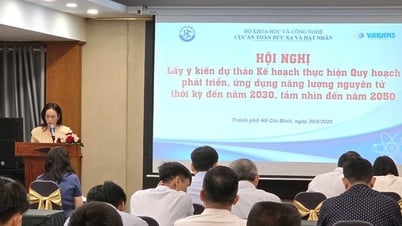



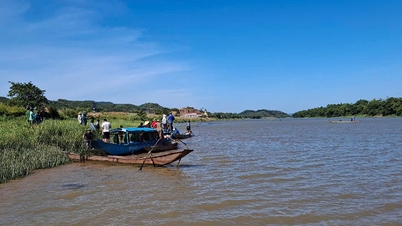






















Comment (0)